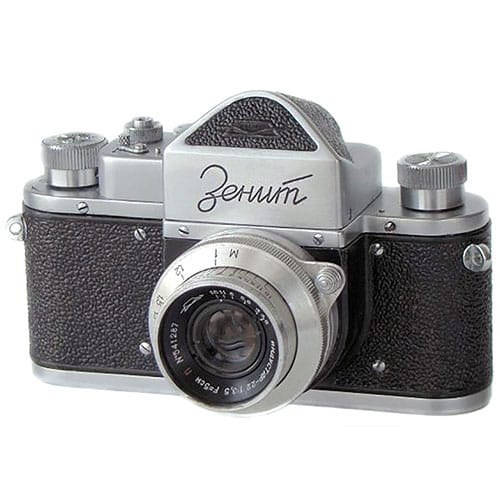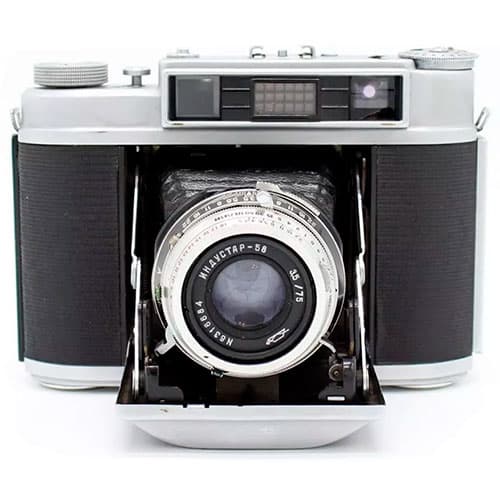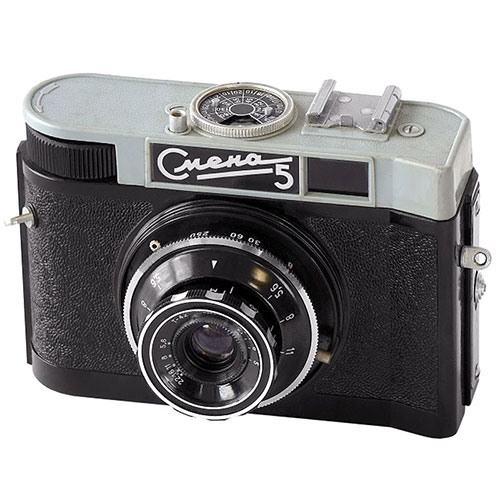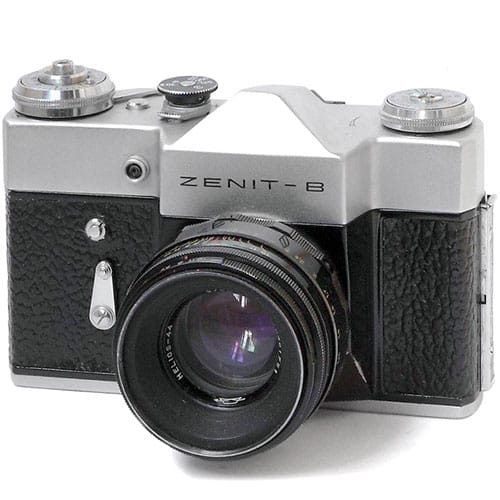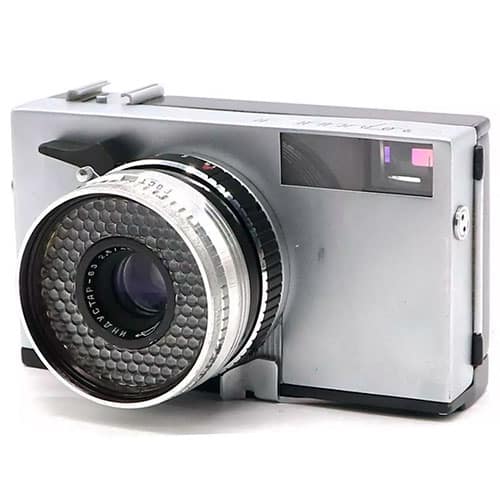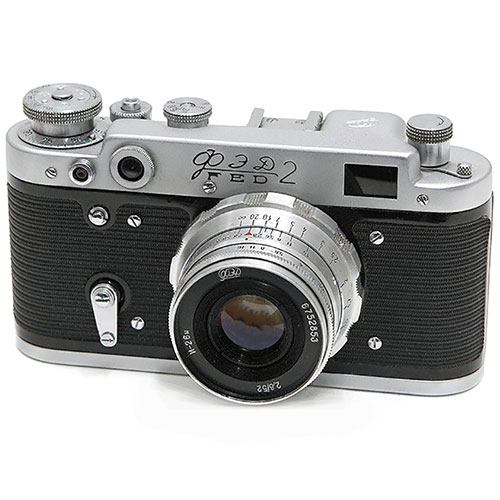What is ISO
In this article, we will tell you what ISO is, and how this parameter was regulated in film photography and digital photography.
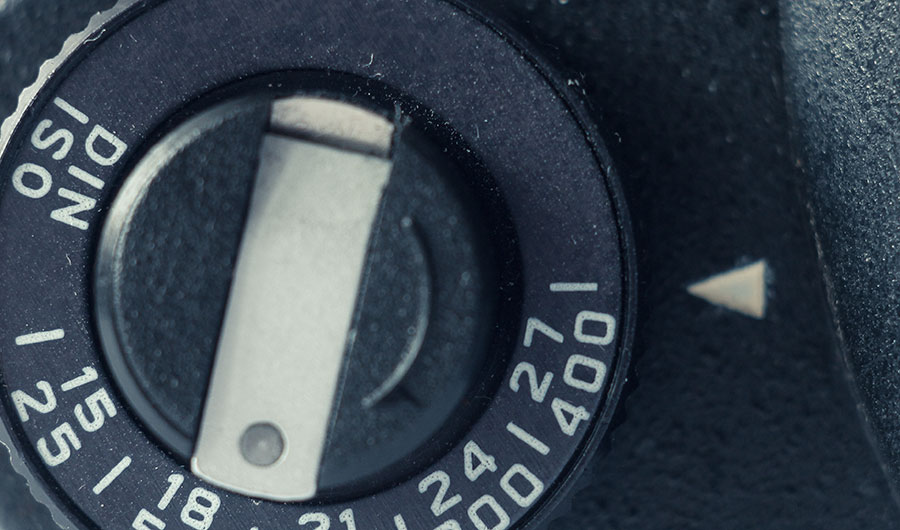
One of the exposure parameters is ISO. Light sensitivity values are set by the International Organization for Standardization, so this setting is denoted by the letters ISO.
ISO characterizes the sensitivity of a camera or film sensor to light. The larger this value, the more sensitive the film or matrix to light. In practice, the best quality photos are obtained at a low ISO value.
You can control the ISO value manually or in automatic mode. Most cameras have a single button or combination of buttons. When using the automatic mode, the device itself will select the desired ISO sensitivity, depending on the illumination, aperture value and shutter speed. Automatic mode is usually used by novice photographers.
There are general guidelines for choosing an appropriate ISO value for digital sensor DSLRs and mirrorless cameras.
Standard sensitivity values are 100, 200, 400, 800, 1600, 3200, 6400, 12800. That is, each next or previous value is two times more or less. Some professional cameras may have intermediate values.
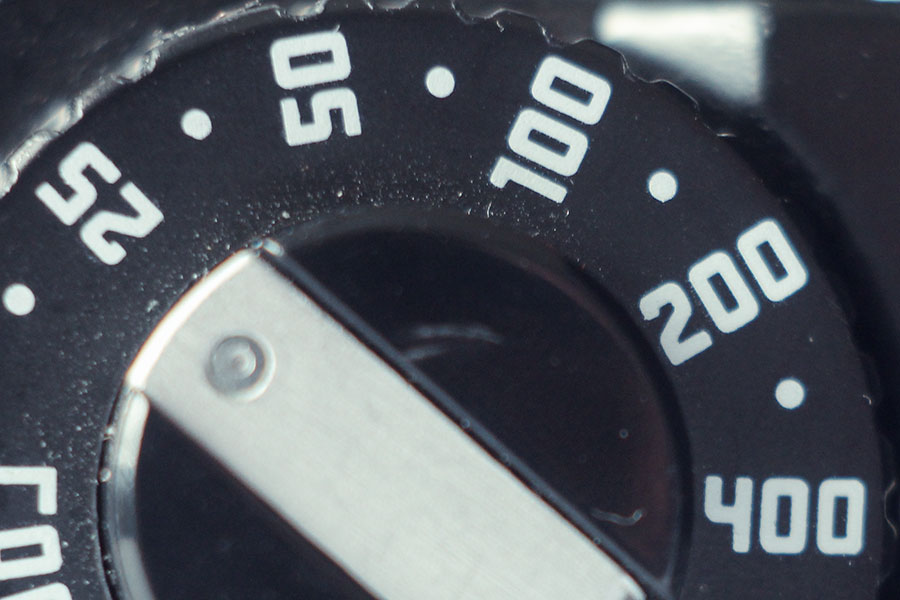
For shooting outdoors on a sunny day, ISO 100 is best. In good but less intense lighting, such as near a window or outdoors on a cloudy day, a higher value of ISO 400 is best. For indoor shooting without a flash and without an additional light source, you can set ISO 800. Shooting in the dark or in a dimly lit room should be done at ISO 1600 or higher. The same applies to those cases when you need to capture a moving object, while you need to combine a high ISO value with a short shutter speed.
It should be noted that with an increase in the sensitivity of the matrix, the electronic unit of the camera amplifies the signal received from each pixel of the matrix. Accordingly, such an undesirable effect as electronic noise increases, that is, interference that looks like colored dots of different brightness in the photograph, very different from the neighboring ones.
Noise in digital photos is similar to grain in film photos. In different cameras, noise manifests itself in different ways and the degree of noise depends on the size of the matrix. Large matrices allow you to take pictures at a higher ISO without losing quality, while reducing exposure time and photos will not come out blurry.

In order to get the best quality photo, you need to shoot at the lowest possible ISO. You can increase the ISO value in cases where it is really necessary, for example, if the camera cannot build a normal exposure in low light. Using a flash may not always solve such a problem. In this case, you should increase the ISO manually or set the automatic selection of ISO.
When choosing a digital camera, you need to pay attention to the minimum and maximum ISO values. In most cases, it is not necessary to shoot at the highest ISO settings, as they will not provide a suitable photo quality. Professional photographers have a concept of working ISO. This refers to the maximum ISO value at which the camera will provide an acceptable result.


